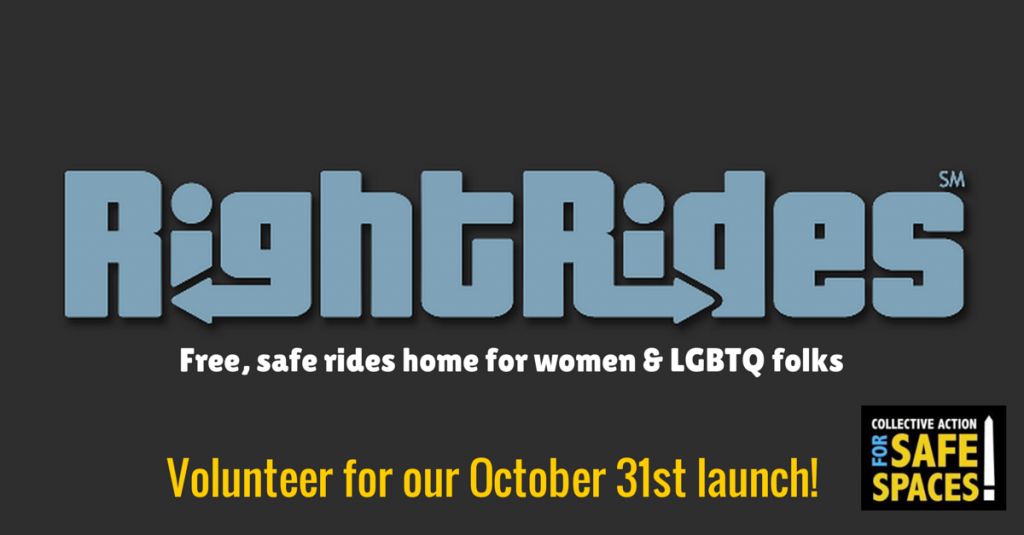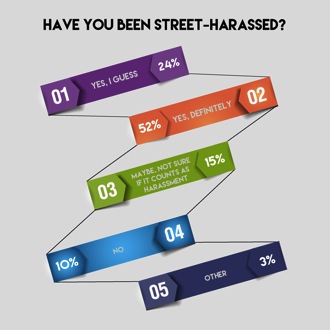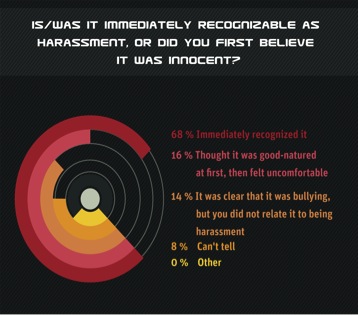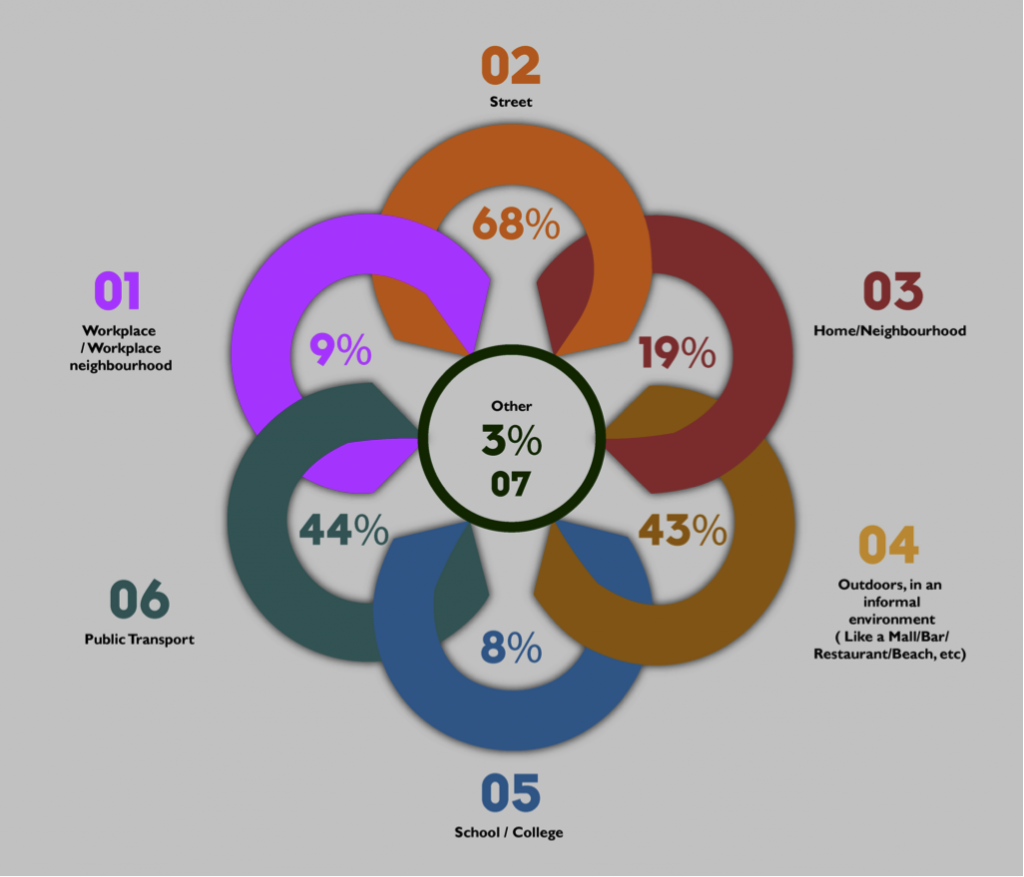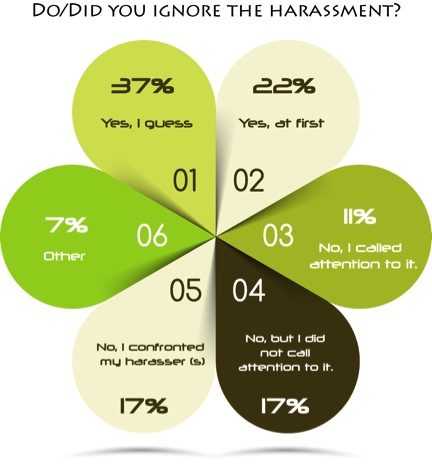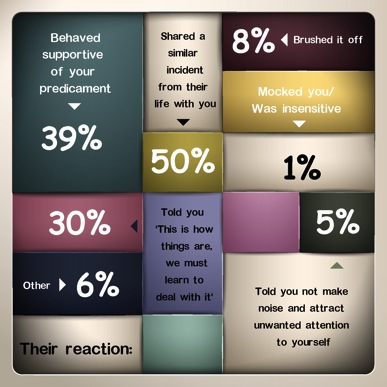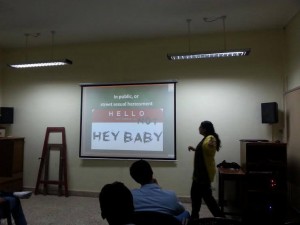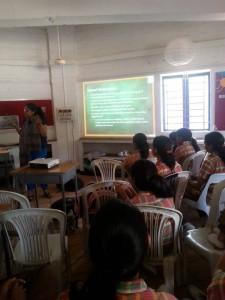Our six Safe Public Spaces Mentees are half-way through their projects. This week we are featuring their blog posts detailing how the projects are going so far. This sixth post is from our team in the USA. Their projects are supported by SSH donors. If you would like to donate to support the 2015 mentees, we would greatly appreciate it!
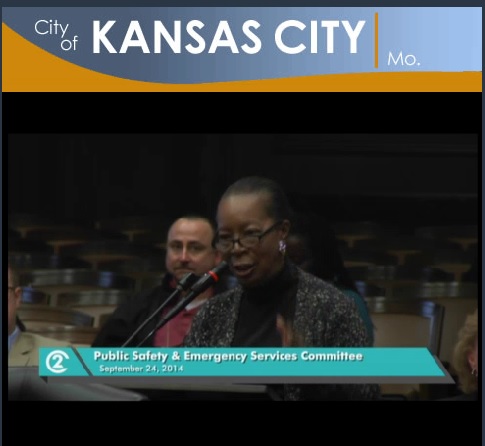 BikeWalkKC has made some exciting progress toward making our streets safer in the last three months. BikeWalkKC, Kansas City’s only regional bicycling and pedestrian advocacy organization, helped pass an anti-harassment ordinance to protect vulnerable road users (pedestrians, bicyclists, people in wheelchairs) on October 2.
BikeWalkKC has made some exciting progress toward making our streets safer in the last three months. BikeWalkKC, Kansas City’s only regional bicycling and pedestrian advocacy organization, helped pass an anti-harassment ordinance to protect vulnerable road users (pedestrians, bicyclists, people in wheelchairs) on October 2.
As a biking and walking advocacy organization, we work to empower individuals to pursue active forms of transportation. Just as poor sidewalks or a lack of bike lanes are barriers to walking or biking, street harassment also causes individuals to feel unsafe walking or biking on our streets.
In order to get the ordinance passed, we reached out to City Councilmembers and local law enforcement earlier this fall. We also launched a petition, gathered letters of support, and conducted an online survey about street harassment. Interesting survey results include:
* 82% of individuals had experienced harassment while walking
* 75% of individuals had experienced harassment while biking
* The most frequent source of harassment was from motorists (65%)
* Only 17% say bystanders have ever intervened
One survey respondent said she experienced street harassment on an average three times a week. “I shouldn’t have had to have been so nervous to walk down my own street in the middle of the day. But I was. Every day. People shouldn’t need to be afraid like this.”
The full report can be seen here.
We received a lot of local press and nationwide attention about the ordinance, such as the Huffington Post, Jezebel, and City Lab. There are at least three other cities in the metro currently working on passing an anti-harassment ordinance.
We were pleased that Kansas City, Missouri City Council is committed to making Kansas City a safer city. Before the ordinance was finally passed, there was a lot of debate among councilmembers concerning the language and making sure First Amendment rights were not being infringed upon.
“During the process to pass it, we found an ally in the ACLU, rekindled a relationship with our local ADA advocacy organization, and really solidified our relationship with council members at city hall,” says BikeWalkKC Marketing and Development Director Sarah Shipley. “It has quite frankly been an amazing experience.”
View the testimonies of the courageous citizens who testified on why we needed safe streets in Kansas City at a City Council meeting.
Anti-Harassment Testimonials from BikeWalkKC on Vimeo.
Now that we have passed the ordinance, we are currently planning an educational campaign and workshops surrounding street harassment for community members. Stay tuned for this soon, and thanks again to Stop Street Harassment for all their support and assistance.
Here is the text for the ordinance:
140777 (Sub.)Amending Chapter 50, Article VI, Offenses Against Public Safety, by enacting a new Section 50-205 which will prohibit certain acts against bicyclists, pedestrians, and wheelchair operators.
SECOND COMMITTEE SUBSTITUTE FOR ORDINANCE NO. 140777, AS AMENDED
Amending Chapter 50, Article VI, Offenses Against Public Safety, by enacting a new Section 50-205 which will prohibit certain acts against bicyclists, pedestrians, and wheelchair operators.
WHEREAS, Kansas City wants to encourage modes of transportation other than motor vehicles; and
WHEREAS, it is desirable to create a healthy, safe environment in Kansas City for all people; and
WHEREAS, harassment of bicyclists, pedestrians (including those walking with a guide dog or a white cane), and wheelchair operators increases the hazards already posed to these persons operating on our City streets; NOW, THEREFORE,
BE IT ORDAINED BY THE COUNCIL OF KANSAS CITY:
Section 1. That Chapter 50, Article VI, Offenses Against Public Safety, is hereby amended by enacting a new Section 50-205, Harassment of a Bicyclist, Pedestrian or Wheelchair Operator, to read as follows:
Sec. 50-205. Harassment of a Bicyclist, Pedestrian or Wheelchair Operator
(a) The following words, terms and phrases, when used in this section, shall have the meanings ascribed to them below, except where the context clearly indicates a different meaning:
Bicycle means any device upon which a person may ride, which is propelled by human power through a system of belts, chains, or gears, and may include an electric assist motor, and has wheels at least 16 inches in diameter and a frame size of at least 13 inches.
Wheelchair means any manual or motorized device designed specifically for use by a person with a physical disability for means of conveyance.
(b) No person shall, for the purpose of intimidating or injuring any person riding a bicycle, walking, running, or operating a wheelchair or for the purpose of intimidating or injuring such person’s service animal:
(1) Throw an object, direct a projectile, or operate a vehicle at or in such person’s direction or at or in the direction of such person’s service animal; or
(2) Threaten such person; or
(3) Sound a horn, shout or otherwise direct loud or unusual sounds toward such person or toward such person’s service animal; or
(4) Place such person in apprehension of immediate physical injury; or
(5) Engage in conduct that creates a risk of death or serious physical injury to such person or such person’s service animal.
(c) Any person convicted of a violation of this chapter shall be punished for that violation by a fine of not less than $50.00, but not more than $500.00 or by imprisonment of not more than 180 days or by both such fine and imprisonment.
Rachel Krause is BikeWalkKC’s Marketing and Communications Coordinator.

